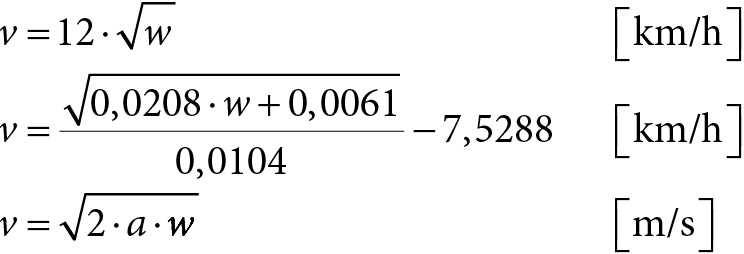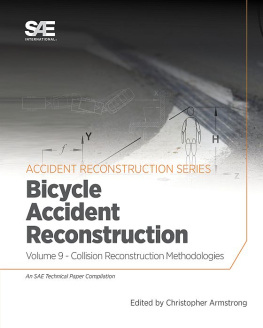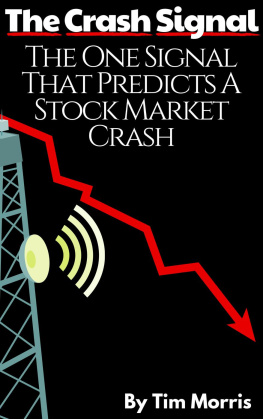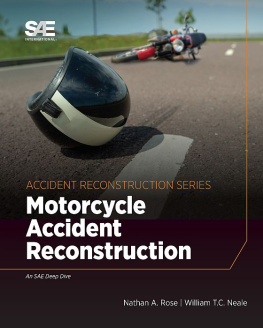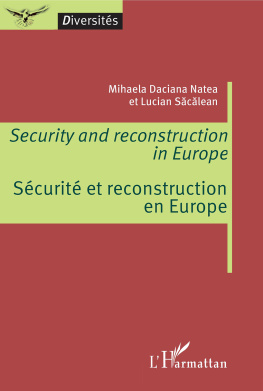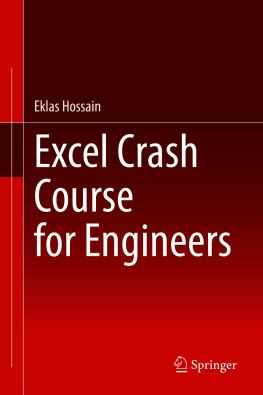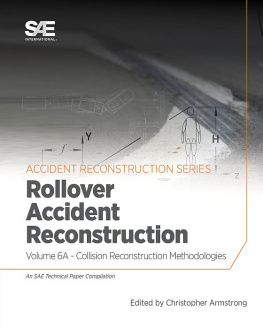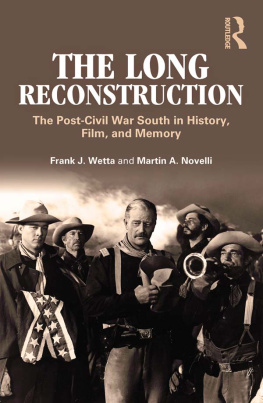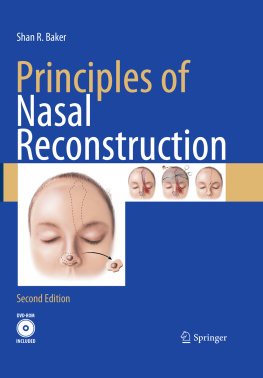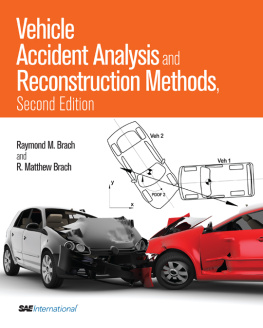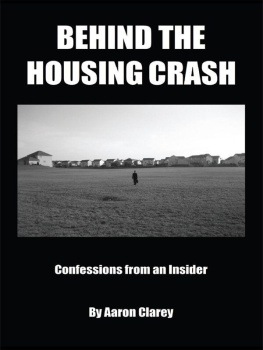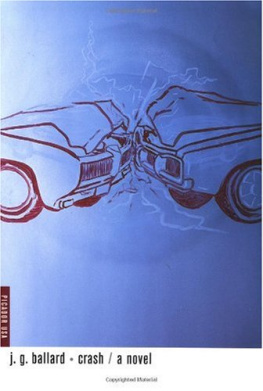about the author
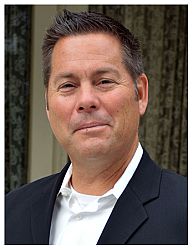
Chris Armstrong, Principal Scientist
B.S.A.E., Aeronautical Engineering, 1992
California Polytechnic State University-San Luis Obispo
Chris Armstrong specializes in accident reconstruction, vehicle dynamics, vehicle testing, computer simulation, and event data recorder (EDR) data imaging. His research and publication topics include vehicular dynamics, motorcycle dynamics, vehicular testing, and reconstruction methodologies, as well as documenting and analyzing transportation crashes. Mr. Armstrong testifies as an expert on all aspects of accident reconstruction.
Mr. Armstrong has been involved in the investigation, analysis, and engineering reconstruction of hundreds of automobile, auto-pedestrian, truck, bicycle, motorcycle, and train collisions in the following areas:
Testifies as an expert in the areas of accident reconstruction and analysis.
Manages rapid responses to major transportation collisions in order to collect, document, and analyze physical evidence pertaining to the incident.
Utilizes simulation software to analyze transportation collisions.
Utilizes testing instrumentation and software to test and gather data pertaining to the analysis of transportation collisions.
Images and analyzes EDR data of passenger and commercial vehicles.
His engineering responsibilities include the systematic collection and analysis of physical evidence and data, including test data and EDR data, to reconstruct transportation collisions. He also responds to rapid response cases to collect physical evidence and data, including EDR data for preservation and analysis.
Mr. Armstrong has been an organizer for the SAE Accident Reconstruction technical paper sessions since 2011. As an organizer, his responsibilities are vetting technical paper abstracts, assigning peer reviewers, and chairing the accident reconstruction session during the annual SAE World Congress (now known as WCX). Mr. Armstrong has also been a coauthor and presenter for several peer-reviewed SAE Accident Reconstruction technical papers.
Collision Reconstruction Methodologies Volume 9: Bicycle Accident Reconstruction
CHAPTER 1: Use of Throw Distances of Pedestrians and Bicyclists as Part of a Scientific Accident Reconstruction Method
Print ISBN: 978-0-7680-9232-5
eISBN: 978-0-7680-9234-9
DOI: 10.4271/PT-186
CHAPTER 1
Use of Throw Distances of Pedestrians and Bicyclists as Part of a Scientific Accident Reconstruction Method
D. Otte
Accident Research Unit
Medical University Hannover, Germany
Crash information, e.g., driving and impact speed, have to be determined from traces on the scene, as well as from examination of deformation patterns in order to assess the impact condition and the movement trajectories of the impacted body of bicyclists and pedestrians after car collision. Experts use the following information to calculate speed: Information on final position of vehicles, deformation pattern on vehicles, traces found on the road, such as braking and sliding marks, throw distances of pedestrians and cyclists, and injury pattern, all these issues are given possibilities for reconstruction of the movement of the human body. While in car-to-car crashes, the speed calculation is based on the momentum analysis and on energy balance hypothesis of classical physics, the calculation for pedestrian and bicycle accidents has to be based on traces only. This paper describes the possibilities of the use of throw distance as a reconstruction method. The paper also discusses the tolerance fields, compared to the results of crash tests. Throw distances and impact kinematics are shown for pedestrians and bicyclists at low and high impact speeds up to 100 km/h.
Introduction
This study is based on documented real accident cases during 1985-2001 that were collected by the Accident Research Unit at the Medical University Hannover ARU-MUH (Germany). This in-depth investigation team is collecting traffic accidents with injured casualties in a statistical random procedure by order of the German Federal Highway Research Institute (BAST) []. Information on final position of vehicles, deformation pattern on vehicles, and traces found on the road, such as braking or sliding marks could be used as parameters to determine the collision speed.
The technique of speed calculation has been discussed over many years by different authors worldwide. Severy []. He compared the existing results based on experimental tests and presented an equation for those accidents in which data are limited.
The existing papers are mainly based on older car front shapes and test speed ranges of up to 60 km/h. Many accident reconstructions require data and the use of regression equations on that higher speed range. Accident studies pointed out that newer car models have softer front shapes following in more rotation of the impacted body []. Therefore, on one hand, the resulting throw distances of pedestrian impacts to newer car models will not be comparable with the existing diagrams from the 1970s, and, on the other hand, for high impact speed above 60 km/h, there will be no continuation of the parable equation of the throw distance-speed relationship. It is the aim of this study to determine the current status and a common equation for speed calculation for the forensic reconstruction and the scientific field of indepth investigation.
Basis of Speed Calculation
The speed calculation for car-to-pedestrian collision is based on the physical background of energy balance by using the vehicle movement via braking marks on the road surface. The following formula can be used:

The braking mark length ( s ) can be measured on scene, and the average deceleration value of the vehicle ( a ) is assessed based on the road conditions (wet/dry) and kind of road material and vehicle/tire type. Additionally for the calculation of the impact speed, the mass relation of the car and the pedestrian has to be considered based on the momentum balances.
Additionally, some other relations are used meanwhile for speed assessment. They are
The Differences between point of impact and rest position of pedestrian body, so-called throw distance ( w )
The Differences between point of secondary impact of the body on the road and the rest position of the human body, so-called slide distance ( s )
The following diagram published in the early 1970s by Eltzholz [) is mostly used for the reconstruction work in Germany.
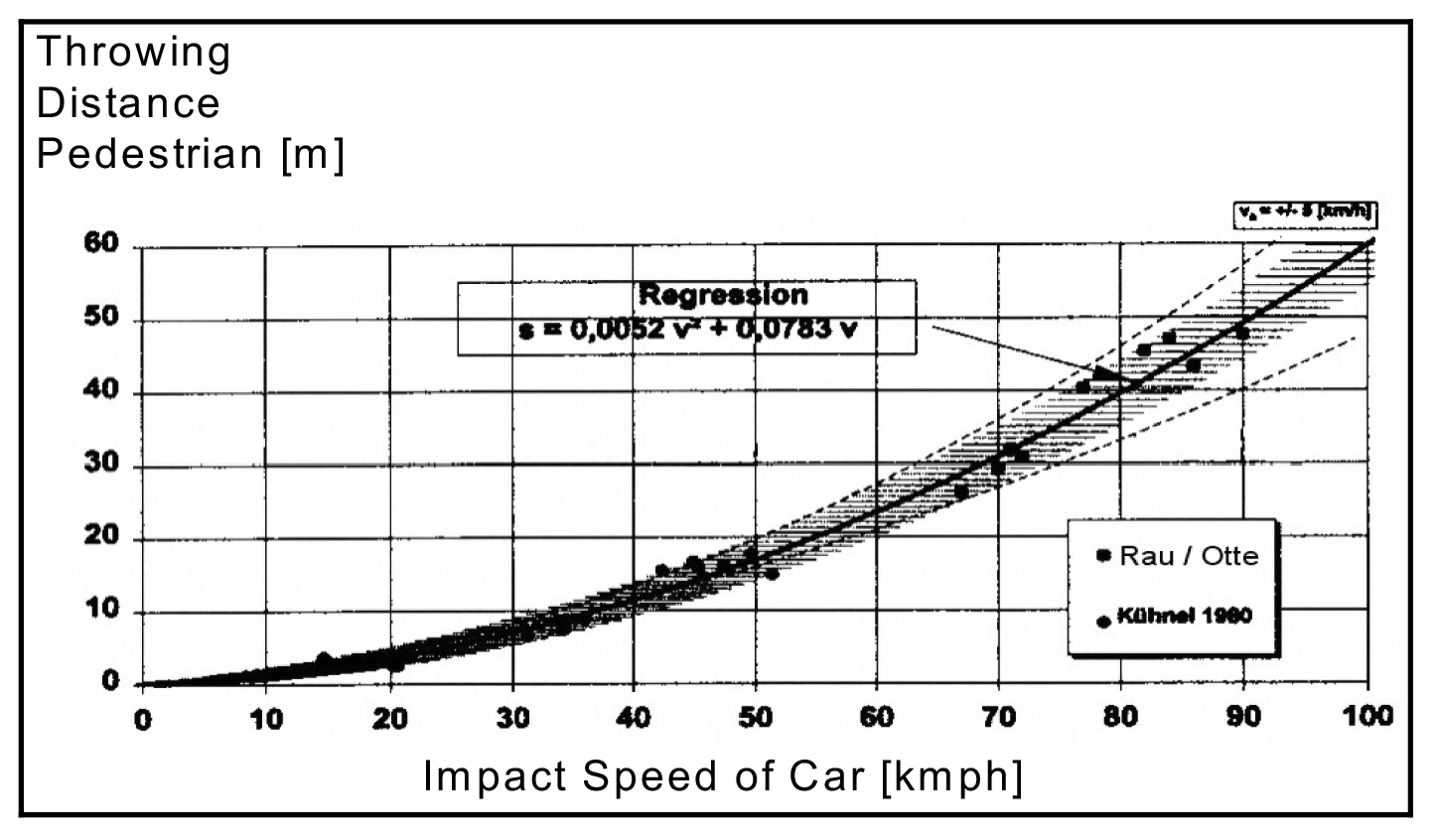
FIGURE 1 Relation of throwing distance and impact speed of carscrash tests result by Rau/Otte 2001 [].
It was shown that the function of the relation of speed to throw distance is almost equivalent for pedestrians and for bicyclists []. Many attempts have been made to develop a formula for that relation, i.e.,
